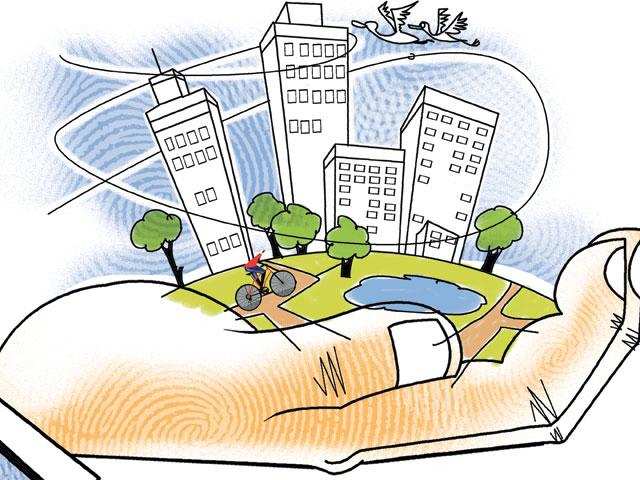What is the right age to buy a home?
Considering that the age of an individual plays an important role in obtaining a home loan, we look at whether there is any ideal age, at which one should consider buying a property – for investment as well as self-use
In India, the current belief is that property investment is ideal, only for those with upcoming or established careers. However, is this true? How do banks, lenders and the property sector at large, view investors who do not fall in that age bracket anymore? Can one be too old to put money into property and would one have missed the chance to grow their wealth through real estate at some point?
Of course, it is true that banks are willing to lend to a person only for so long. When a prospective borrower is nearing retirement, the concept of giving them a long-term home loan does not make much sense to them. Let us examine this a little more closely.
Eligibility for home loans, on the basis of age
When a person is in his or her 30s, they have around 30 years of active professional life ahead of them. Naturally, this gives them abundant time to develop a large property portfolio. However, even when they are in their 40s, they are far from being too old to successfully invest in property. They still have 20 years ahead as income-generating citizens and even more, if one is successfully self-employed or runs a business.
Of course, it goes without saying that the sooner one invests, the higher will be the ultimate gains because profits from property compound over time. Generally, it is assumed that one must have the ability to service home loans for 25-30 years, to finance one's property portfolio.
See also: Should you invest in a retirement home?
Investment strategy for individuals nearing retirement
However, many banks in India have now understood that people can and do work past the conventional 'retirement age' of 65 these days. Moreover, once one has secured a good portfolio of assets, one has additional clout and credibility with banks, since these properties can act as collateral for fresh loans even at the age of 50 or above. Definitely, the time to experiment with 'speculative' investment should be over by this time, as one should justifiably have a healthy aversion to risk by age 55.
By this age, the ideal strategy should be to boost the value of one's existing assets, via proven value-boosting routes, such as renovations. A person who wants to keep investing in property in India, at age 60 or above, needs to have a very clear understanding of the market, as well as a great deal of confidence in one's personal finances.
While it is now technically possible – under certain circumstances – to raise a home loan for property investment even after retirement, the question of whether one would want to is, of course, a personal one and would depend on a variety of circumstances – most related to one's financial soundness and appetite for such activities.
Ideal age for buying a home for self-use
What about those looking at buying a home for personal use? This is where it gets a lot simpler because there is no 'ideal' age for home ownership.
If one has been living in rented homes all along, buying a home even at 65 makes perfect sense. In the first place, it is the perfect retirement gambit, as it provides freedom from the recurring expense of monthly rent. Secondly, it secures a sound asset which gives unmatched financial security and can be used to raise funds in emergencies. Thirdly, a property is the perfect bequest to leave behind for one's children.
The bottom line is that there is definitely such a thing as an 'ideal age bracket' for property investment, although this age bracket is flexible, depending on various factors. However, there is no 'ideal age' to buy a home for personal use. The latter is especially true, if one sees a self-owned home more as an abode and sanctuary of financial freedom and security, than as an investment instrument.
(The writer is CMD, Amit Enterprises Housing Ltd)
Arun Gupta
 By:
By: 
